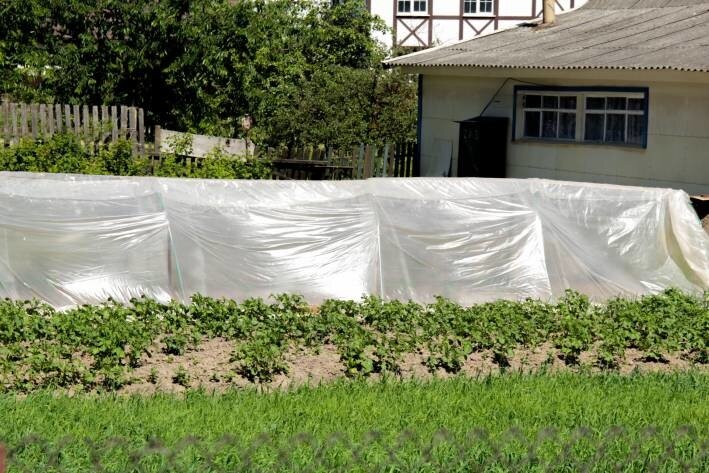The climate in the greenhouse is semi-tropical, which means high temperatures and high humidity.
These two factors, combined with the annual cultivation of plants, have a direct impact on the condition of the soil.
Anastasia Kovrizhnykh , an expert of the online publication "BelNovosti", an agronomist and landscape designer, explained what to do in such a case.
Thus, after 2-3 years the soil may not only become depleted, but also become infected with various pathogens.
To maintain soil fertility, it is important to renew it regularly. Here's how to do it.

Elimination of degrading factors
Over time, the qualitative elements of the earth undergo significant regression.
To slow down the negative process, make sure that the soil does not dry out. This is because biological activity stops when there is a lack of moisture.
As a result, the soil becomes a simple mineral environment, unable to ensure the healthy development of plants.
In addition, it is necessary to replenish the reserves of nutrients and microorganisms present in the soil.
Remember that the quality of the harvest you plan to get directly depends on the fertility of the soil.
Soil renewal
Soil renewal mainly involves pulling out weeds and adding compost.
Also keep in mind that if you grow the same plants year after year, you can use one of the following renewal methods.
• Soil cultivation consists of digging the soil to a depth of approximately 30 cm.
• In autumn or early winter, you can throw snow into the greenhouse, which will not only protect the soil from freezing, but also provide it with moisture.
• Planting flowers near the greenhouse. The goal is to attract pollinating insects such as bees, hornets or butterflies. They help improve and increase the yield of your greenhouse.
Earlier we talked about what plants can be planted next to onions .









